A schema is a collection of thoughts which results from one’s life experiences. A schema may not be logical or emotionally healthy, yet it can guide one’s behaviors and perceptions when responding to new events which occur long after the original schema was developed. Schemas begin during childhood and continue to be created throughout the life span. Schemas are stored in one’s memories and can be very resistant to change. Healthy schemas, such as those which promote trust, self-confidence, and well-being, will guide productive behaviors. Unhealthy schemas, such as those which cause fear and self-doubt, can cause an individual to make unhealthy life choices, to become involved in toxic relationships, to engage in destructive behavioral patterns, and to experience chronic mental health issues.

Complex trauma survivors are those who have endured repeated emotional abuse throughout childhood and adolescence. This emotional abuse can result from verbal and/or physical aggression from a parent or other significant figure. Emotional abuse IS a form of trauma. Survivors of continual emotional abuse throughout childhood can get caught in adulthood schema modes which are focused on “other-directed” thought patterns, causing the individual to prioritize the needs of others over one’s own needs and to surrender control to others in most or all new situations. Schema Therapy targets three main dysfunctional schemas which make up the complex trauma survivor’s “other-directed” perspective. First, there is the subjugation schema, which is the strong belief that one’s values and emotions must be suppressed or sacrificed, in order to avoid anger, rejection, or abandonment from others. Secondly, the self-sacrifice schema is a replaying of old memories in which the individual was always “doing something wrong” or “needed to do more” for another person, typically the parent. This schema is the most difficult to treat in therapy, because complex trauma survivors can remain stuck in a cycle of self-destructive behaviors, such as substance abuse or addiction, involvement in an abusive romantic relationship, or engaging in other emotionally harmful behaviors. The third dysfunctional schema is approval-seeking, which causes the complex trauma survivor to be hypervigilant toward getting attention and validation from others, in order to maintain one’s own unstable sense of identity and self-worth. Individuals with this schema have an external locus of control, in that they depend upon the opinions, praise, and recognition from others. The approval-seeking schema is a craving, deeply rooted in childhood abuse, to “not feel alone” and to “not be rejected.” This schema prevents the complex trauma survivor from being mentally autonomous and emotionally self-aware. Until this schema is processed and revised, the individual cannot experience authentic self-expression.

Complex trauma survivors are more likely, compared to other mental health clients, to require treatment for multiple and co-existing unhealthy schemas. An individual who has endured years of childhood abuse may develop an avoidance schema, represented by continual, often harmful, escapist behaviors, such as substance abuse, compulsive sex or gambling, and other self-destructive behaviors. The avoidance schema may co-exist with a disconnection schema, which results from the isolation and rejection experienced throughout one’s childhood. Another common schema among complex trauma survivors is the belief that one does not deserve success or happiness and that one cannot handle the responsibilities of daily life. This self-defeating schema inevitably leads to depression and anxiety. Lastly, complex trauma survivors can develop a combined overcompensation-surrender schema. The overcompensation schema results in the individual trying to hide from or to counteract one’s sense of shame and worthlessness by constantly striving for power, status, and admiration. The surrender schema results in withdrawing from academic, professional, and social pursuits, due to an intense fear of failure. This schema is basically replaying the old childhood script of giving in and giving up.

In Schema Therapy, the therapist uses strategies which guide the client in identifying various schemas, the past events which wired these schemas into the child brain, and the triggers for each schema. This can be a long process and requires the client’s motivation and perseverance to explore the historical roots of each maladaptive schema. Schema Therapy was first developed during the 1980’s by Jeffrey Young, a psychologist who theorized that maladaptive thinking patterns which are formed during childhood can interfere with healthy functioning during adulthood. Young proposed that targeting these thinking patterns directly could help an individual to overcome persistent negative feelings, to learn more adaptive ways of navigating the world. For complex trauma survivors, an effective schema therapeutic approach is guided imagery to assist the client with working through the traumatic memories in a safe space, stopping the process when needed, and building step-by-step visions which include more present-focused, empowering, and functional behaviors and thought processes.

When feeling overwhelmed by a present stressor or a painful memory, the client is encouraged to visualize one’s best self as taking control of this challenge and using it as a valuable learning opportunity. Another schema therapeutic approach is to prompt the client to keep a journal between sessions, so that the therapy work can transfer to the client’s daily interactions. Journaling is a valuable process in rebuilding the client’s narrative. Many complex trauma survivors learned as children that dissociation is the only freedom from abuse, and this coping mechanism becomes fixed as part of the individual’s personality during adulthood. Journaling provides the client with an autonomous opportunity to write about any thoughts and feelings which occur throughout each day between therapy sessions. The client’s journal is private, and the therapist inquires only about any weekly experiences which triggered the client’s maladaptive schemas. However, the client can choose to not discuss journal entries, and this boundary is an extremely important aspect of client’s new narrative and new schemas.

Schema Therapy often incorporates strategies from Trauma-Focused Cognitive Behavioral Therapy. This combination is extremely effective with helping the client to work through maladaptive schemas as they relate to past traumatic experiences. Cognitive awareness exercises can greatly empower the complex trauma survivor, who was repeatedly denied the opportunity to speak about one’s feelings, needs, and desires. Schemas are cognitive representations of past traumas, thus it is imperative that the therapist provides a supportive and safe environment for the client to express thoughts which have never been “allowed” to be spoken or which have been contradicted by the abuser(s). Trauma-Focused Cognitive Behavioral Therapy is an excellent addition to Schema Therapy, in that the therapist educates the client about the long-term effects of childhood trauma and helps the client with developing a “post-trauma” interpretation of one’s self-worth and one’s capacity for meaningful relationships. These more productive “post-trauma” visualizations will then lead to healthier behavioral patterns. Trauma-induced schemas can be identified, accepted, and confronted. The outcome is the restructuring of old schemas from self-defeating to more present-focused and productive for the complex trauma survivor’s daily life and overall sense of well-being.


